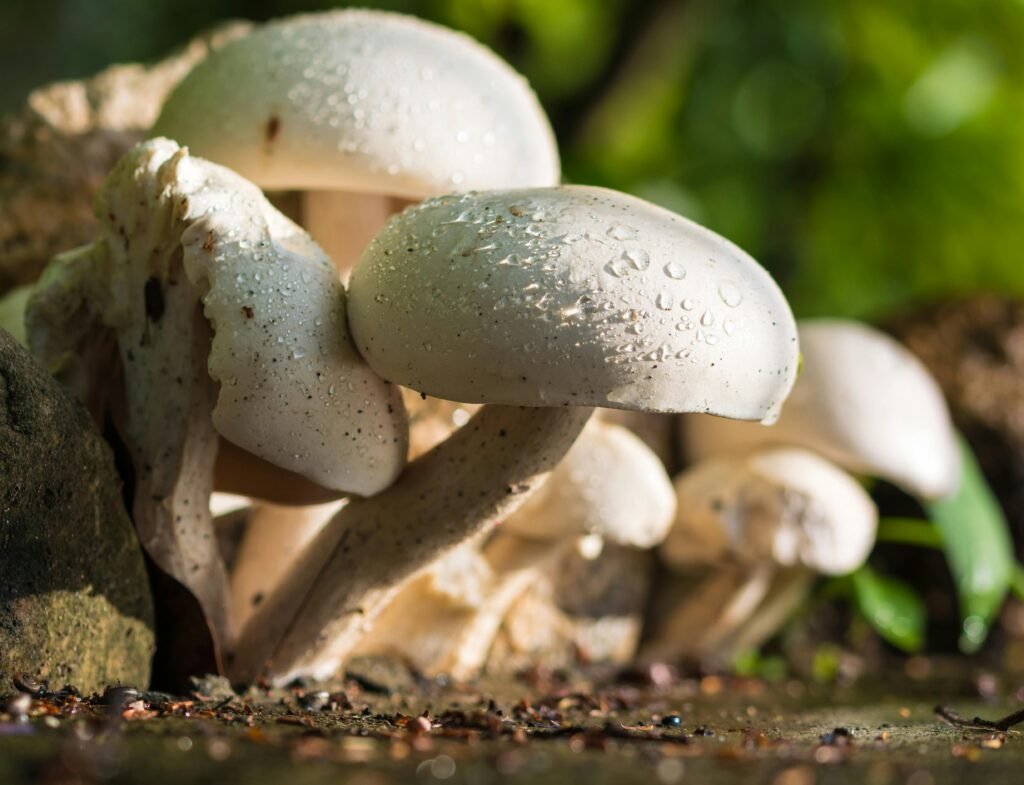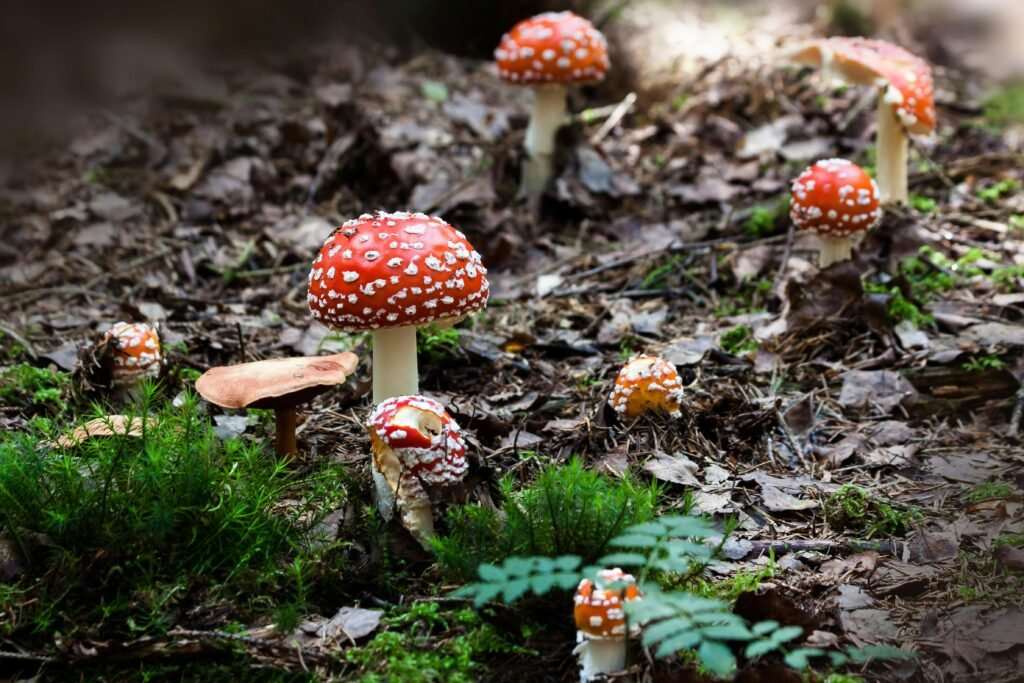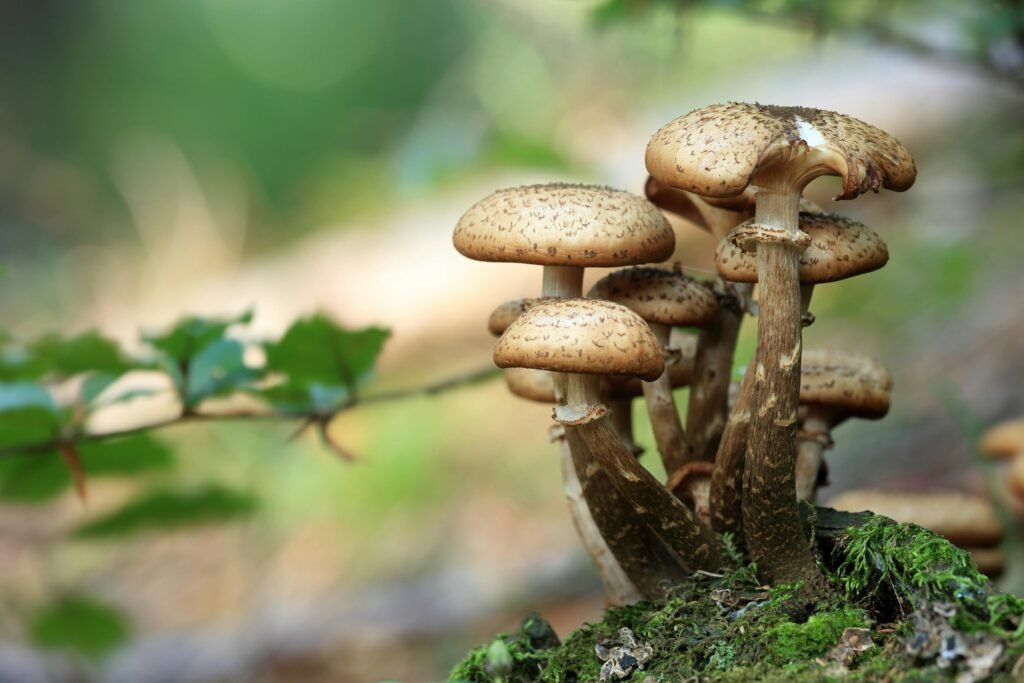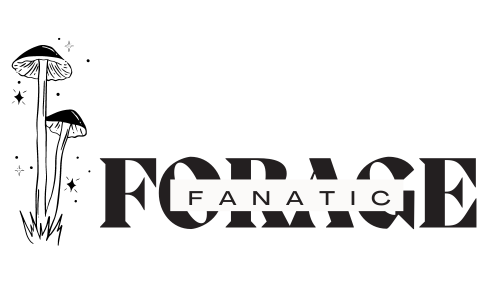Have you ever wondered about the habitat of Suillus luteus? This fascinating mushroom, also known as the “Slippery Jack,” can be found in various parts of the world, but understanding its preferred environment can unlock valuable insights. In this article, we will take a closer look at the ideal conditions for Suillus luteus to thrive, exploring its habitat, the surrounding vegetation, and the important role it plays in the ecosystem. So, grab your magnifying glass and get ready to embark on a journey into the world of Suillus luteus!
Introduction
Welcome to this friendly guide on Suillus luteus, commonly known as the Slippery Jack! In this article, we will explore the taxonomy, physical characteristics, habitat, symbiotic relationship, seasonal distribution, role in the ecosystem, and uses of this fascinating mushroom. So, get ready to dive into the world of Suillus luteus and learn all about its unique features and contributions to the natural environment.
Taxonomy and Classification
Suillus luteus is a member of the fungal kingdom, specifically the Basidiomycota division. Within this division, it belongs to the Boletales order and the Suillaceae family. The scientific name “luteus” refers to its yellow coloration, which is a distinctive characteristic of this species. Now that we’ve set the groundwork, let’s move on to exploring its physical characteristics in more detail.

Physical Characteristics
Suillus luteus is a medium-sized mushroom that typically grows to about 5-15 centimeters in height. Its cap is convex when young, eventually becoming flattened or slightly depressed. The color of the cap can vary, but it is usually yellow, with a sticky or slimy texture. The stem of the Slippery Jack is firm and sturdy, often displaying a pale yellowish color with a slight reddish hue at the base. The gills underneath the cap are initially white or pale yellow, turning a darker yellow or olive color as the mushroom matures.
Morphology
The morphology of Suillus luteus is quite fascinating. This mushroom has a mycorrhizal association with various tree species, forming a mutually beneficial relationship. The mycorrhizal roots of the Slippery Jack intertwine with the roots of host trees, enabling the exchange of nutrients and water. This symbiotic connection plays a crucial role in the mushroom’s survival and the overall health of the forest ecosystem.

Habitat
Forest Ecosystems
Suillus luteus thrives in a variety of forest ecosystems, including coniferous and mixed forests. It is commonly found in regions with abundant pine and spruce trees. The mycorrhizal association allows Suillus luteus to efficiently obtain nutrients from the soil, enhancing its ability to adapt to different forest habitats.
Host Trees
Suillus luteus has a preference for associating with certain tree species, particularly pines (Pinus spp.) and spruces (Picea spp.). These host trees provide the necessary nutrients for the mushroom’s growth and development.
Geographical Distribution
Suillus luteus has a wide geographical distribution, with a natural habitat spanning Europe, Asia, and North America. It can be found in regions with temperate to subalpine climates, where suitable host trees are present. The Slippery Jack often thrives in areas with acidic soils and high levels of organic matter.
Soil Preferences
When it comes to soil preferences, Suillus luteus favors acidic soil conditions with ample organic matter. This makes it more likely to find this mushroom in environments where pine needles and other forest debris contribute to the soil’s acidity and nutrient content.
Symbiotic Relationship
Mycorrhizal Association
One of the most intriguing aspects of Suillus luteus is its mycorrhizal association with host trees. The intertwining of the mushroom’s mycelium with the roots of the trees enables a mutually beneficial exchange. The mycelium absorbs nutrients from the soil and delivers them to the tree, while the tree provides carbohydrates to the mushroom. This symbiotic relationship enhances the overall health and resilience of the forest ecosystem, as both parties rely on each other for survival.

Seasonal Distribution
Suillus luteus is primarily a summer and autumn mushroom, with its fruiting bodies typically appearing from July to November. However, the specific timing can vary depending on local climate conditions and other factors. During favorable conditions, you might come across clusters of Slippery Jack mushrooms sprouting from the forest floor, offering a vibrant display of yellow caps.
Role in the Ecosystem
Nutrient Cycling
Suillus luteus plays a vital role in nutrient cycling within forest ecosystems. Through its mycorrhizal association, it helps to break down organic matter and release nutrients into the soil. This process facilitates the recycling of essential elements, such as carbon, nitrogen, and phosphorus, enabling the forest to maintain its fertility and support the growth of other plants.
Forest Succession
As an indicator of mature forests, Suillus luteus contributes to forest succession. Its presence often indicates the stability and health of the ecosystem, as it requires well-established host trees and a balanced environment to thrive. By participating in the natural progression of forest development, the Slippery Jack aids in maintaining a diverse and resilient ecosystem.
Wildlife Habitat
The fruiting bodies of Suillus luteus serve as an important food source for various wildlife species. Insects, such as beetles and flies, are commonly attracted to the mushrooms, utilizing them as a valuable food resource. Additionally, small mammals and birds may also consume the Slippery Jack, contributing to the ecological web of forest life.
Indicator Species
Due to its specific habitat requirements, Suillus luteus serves as an indicator species for certain forest types and environmental conditions. Its presence or absence can provide valuable insights into the health and quality of the surrounding ecosystem. Monitoring populations of the Slippery Jack can help researchers assess changes in forest composition and understand the impacts of human activities on these delicate habitats.

Uses
Edible Mushroom
Suillus luteus is considered edible and is enjoyed by mushroom enthusiasts in various culinary preparations. Its mild and nutty flavor pairs well with a wide range of dishes, making it a popular choice among many cuisines. However, as with any wild mushroom, it is essential to properly identify the Slippery Jack before consumption to ensure safety.
Traditional Medicine
In some traditional medicinal practices, Suillus luteus has been used for its potential health benefits. Extracts from the mushroom have been studied for their antioxidant and anti-inflammatory properties. While more research is needed to understand the full extent of its medicinal value, Suillus luteus represents a fascinating subject for further exploration.
Conclusion
Suillus luteus, the Slippery Jack, is undeniably a captivating mushroom. From its mycorrhizal association and habitat preferences to its role in nutrient cycling and forest succession, this species contributes significantly to the overall health and resilience of forest ecosystems. Whether enjoyed as an edible delicacy or considered for its potential medicinal properties, the Slippery Jack holds a special place in both the culinary world and traditional medicine. So, next time you find yourself wandering through the forest, keep an eye out for the vibrant yellow caps of Suillus luteus, and marvel at the wonders of nature’s intricate web of life.

